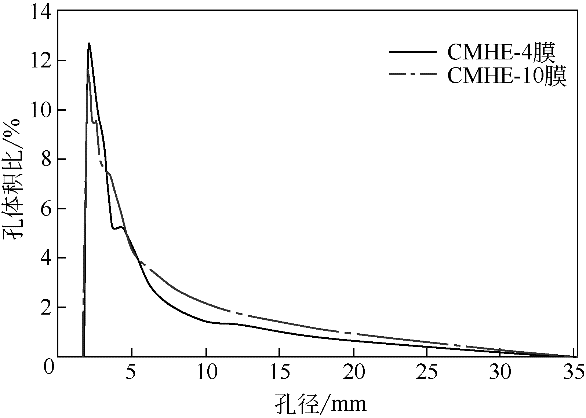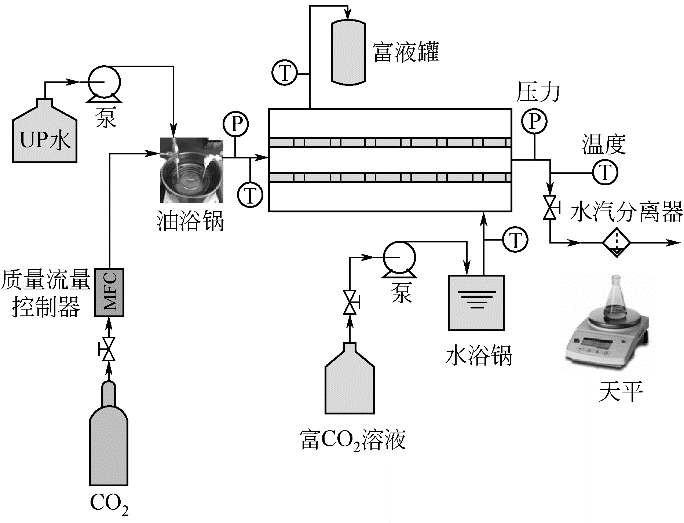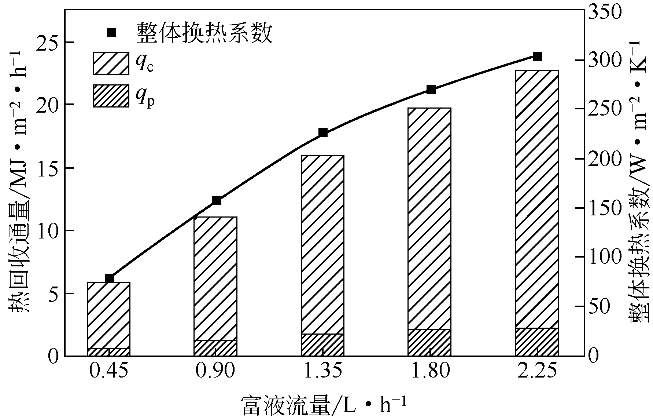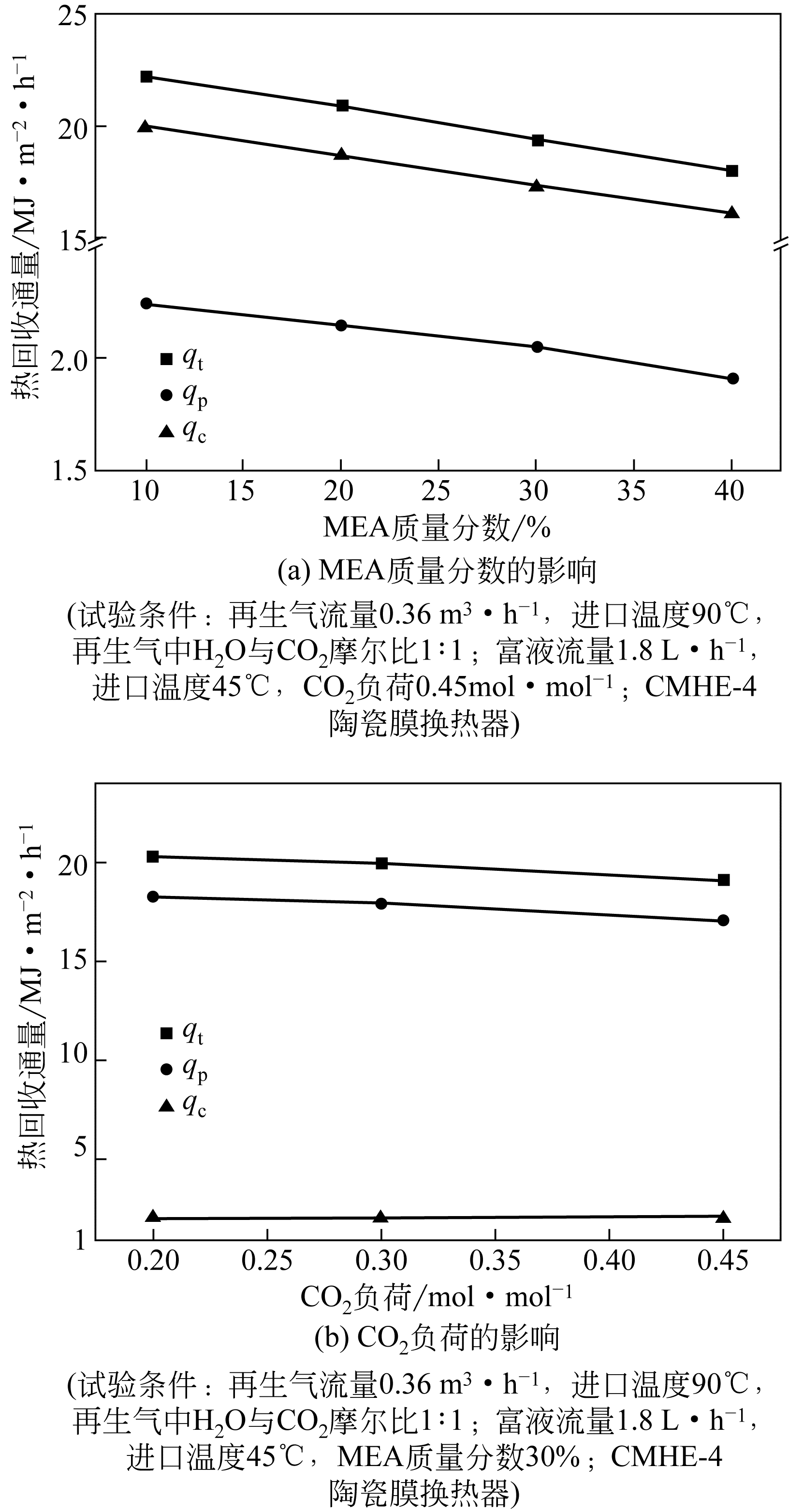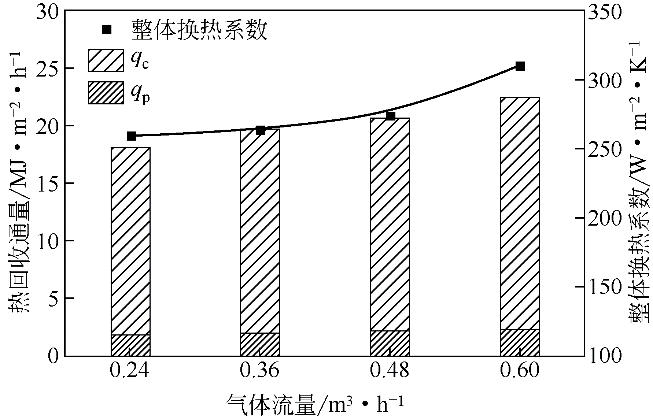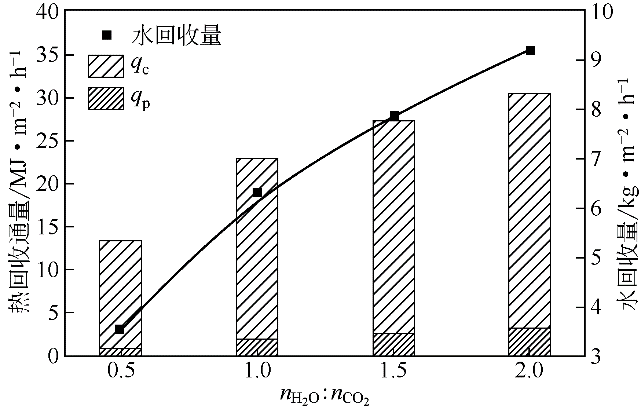| 1 |
LIN Y J , MADAN T , ROCHELLE G T . Regeneration with rich bypass of aqueous piperazine and monoethanolamine for CO2 capture[J]. Industrial & Engineering Chemistry Research, 2014, 53(10): 4067-4074.
|
| 2 |
COUSINS A , WARDHAUGH L T , FERON P . Preliminary analysis of process flow sheet modifications for energy efficient CO2 capture from flue gases using chemical absorption[J]. Chemical Engineering Research & Design, 2011, 89(8): 1237-1251.
|
| 3 |
COUSINS A , COTTRELL A , LAWSON A , et al . Model verification and evaluation of the rich‐split process modification at an Australian‐based post combustion CO2 capture pilot plant[J]. Greenhouse Gases Science & Technology, 2012, 2(5): 329-345.
|
| 4 |
YAN S , ZHAO S , WARDHAUGH L , et al . Innovative use of membrane contactor as condenser for heat recovery in carbon capture[J]. Environmental Science & Technology, 2015, 49(4): 2532-40.
|
| 5 |
范益群, 漆虹 . 陶瓷纳滤膜制备与应用研究进展[J]. 化工进展, 2016, 35(6): 1786-1793.
|
|
FAN Yiqun , QI Hong . Research progress of ceramic nanofiltration membranes[J] . Chemical Industry and Engineering Progress, 2016, 35(6): 1786-1793.
|
| 6 |
BAO A , WANG D , LIN C X . Nanoporous membrane tube condensing heat transfer enhancement study[J]. International Journal of Heat and Mass Transfer, 2015, 84: 456-462.
|
| 7 |
ZHOU Y , CHEN H , XIE T , et al . Effect of mass transfer on heat transfer of microporous ceramic membranes for water recovery[J]. International Journal of Heat & Mass Transfer, 2017, 112: 643-648.
|
| 8 |
CHEN H , YANG B . Experiment and simulation method to investigate the flow within porous ceramic membrane[J]. Journal of the Australian Ceramic Society, 2018(1): 1-12.
|
| 9 |
陈海平, 谢天, 杨博然, 等 . 火电厂烟气水分及余热陶瓷魔法回收试验[J]. 热力发电, 2018(11): 46-52.
|
|
CHEN Haiping , XIE Tian , YANG Boran , et al . Ceramic membrane method for water and waste heat recovery from flue gas of thermal power plant[J]. Thermal Power Generation, 2018(11): 46-52.
|
| 10 |
WANG T , YUE M , QI H , et al . Transport membrane condenser for water and heat recovery from gaseous streams: performance evaluation[J]. Journal of Membrane Science, 2015, 484: 10-17.
|
| 11 |
孟庆莹, 曹语, 黄延召, 等 . 过程参数对采用多孔陶瓷超滤膜回收烟气中余热和水性能的影响[J]. 化工学报, 2018, 69(6): 2519-2525.
|
|
MENG Qingying , CAO Yu , HUANG Yanzhao , et al . Effects of parameters on water and waste heat recovery from flue gas using ceramic ultrafiltration on membranes[J]. CIESC Journal, 2018, 69(6): 2519-2525.
|
| 12 |
晏水平 . 膜吸收和化学吸收分离CO2特性的研究[D]. 杭州:浙江大学, 2009.
|
|
YAN Shuiping . Study on CO2 separation characteristic by using membrane gas absorption and chemical absorption technology[D]. Hangzhou: Zhejiang University, 2009.
|
| 13 |
RHIM H , HWANG S T . Transport of capillary condensate[J]. Journal of Colloid & Interface Science, 1975, 52(1): 174-181.
|
| 14 |
CHEN H , ZHOU Y , CAO S , et al . Heat exchange and water recovery experiments of flue gas with using nanoporous ceramic membranes[J]. Applied Thermal Engineering, 2017, 110: 686-694.
|
| 15 |
HORIKAWA T , DO D D, NICHOLSON D . Capillary condensation of adsorbates in porous materials[J]. Advances in Colloid & Interface Science, 2011, 169(1): 40-58.
|
| 16 |
李韡, 许锡恩 . 多孔陶瓷膜毛细管冷凝分离传质模型[J]. 化工学报, 1999, 50(3): 380-385.
|
|
LI Wei , XU Xi’en . Model of capillary condensation mechanism in porous ceramic membranes[J]. Journal of Chemical Industry and Engineering (China), 1999, 50(3): 380-385.
|
| 17 |
王赞社, 冯诗愚, 李云, 等 . 中空纤维膜换热器传热传质特性的实验和理论研究[J] .西安交通大学学报, 2009, 43(5): 40-45.
|
|
WANG Zanshe , FENG Shiyu , LI Yun , et al . Experiment and theoretical study on heat and mass transfer of hollow fiber membrane heat exchanger[J] . Journal of Xi’an Jiaotong University, 2009, 43(5): 40-45.
|
| 18 |
ZHAO S , FERON P H M , XIE Z , et al . Condensation studies in membrane evaporation and sweeping gas membrane distillation[J]. Journal of Membrane Science, 2014, 462(2): 9-16.
|
| 19 |
ZHAO S , YAN S , WANG D K , et al . Simultaneous heat and water recovery from flue gas by membrane condensation: experimental investigation[J]. Applied Thermal Engineering, 2016, 113: 843-850.
|
| 20 |
晏水平, 陈竞翱, 艾平, 等 . 利用膜吸收技术分离沼气中CO2 [J]. 农业工程学报, 2012, 28(11): 196-204.
|
|
YAN Shuiping , CHEN Jingxiang , AI Ping , et al . CO2 removal from biogas by using membrane absorption technology[J]. Transactions of the Chinese Society of Agricultural Engineering (Transactions of the CSAE), 2012, 28(11): 196-204.
|
| 21 |
YAN S , FANG M , LUO Z , et al . Regeneration of CO2 from CO2-rich alkanolamines solution by using reduced thickness and vacuum technology: regeneration feasibility characteristics of thin-layer solvent[J]. Chemical Engineering and Processing: Process Intensification, 2009, 48(1): 515-523.
|
| 22 |
HU H W , TANG G H , NIU D . Wettability modified nanoporous ceramic membrane for simultaneous residual heat and condensate recovery[J]. Scientific Reports, 2016, 6: 2727.
|
 )
)
 )
)

